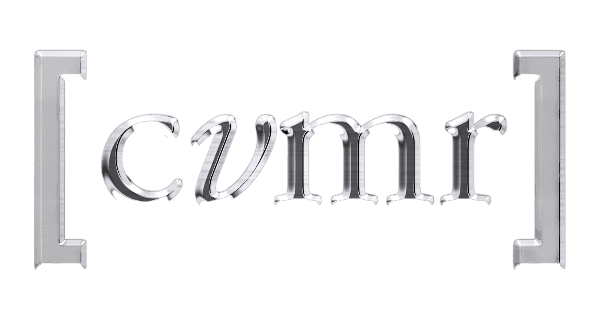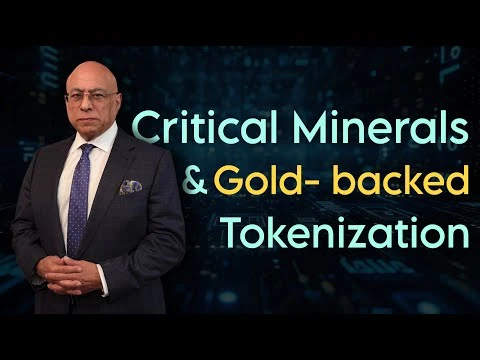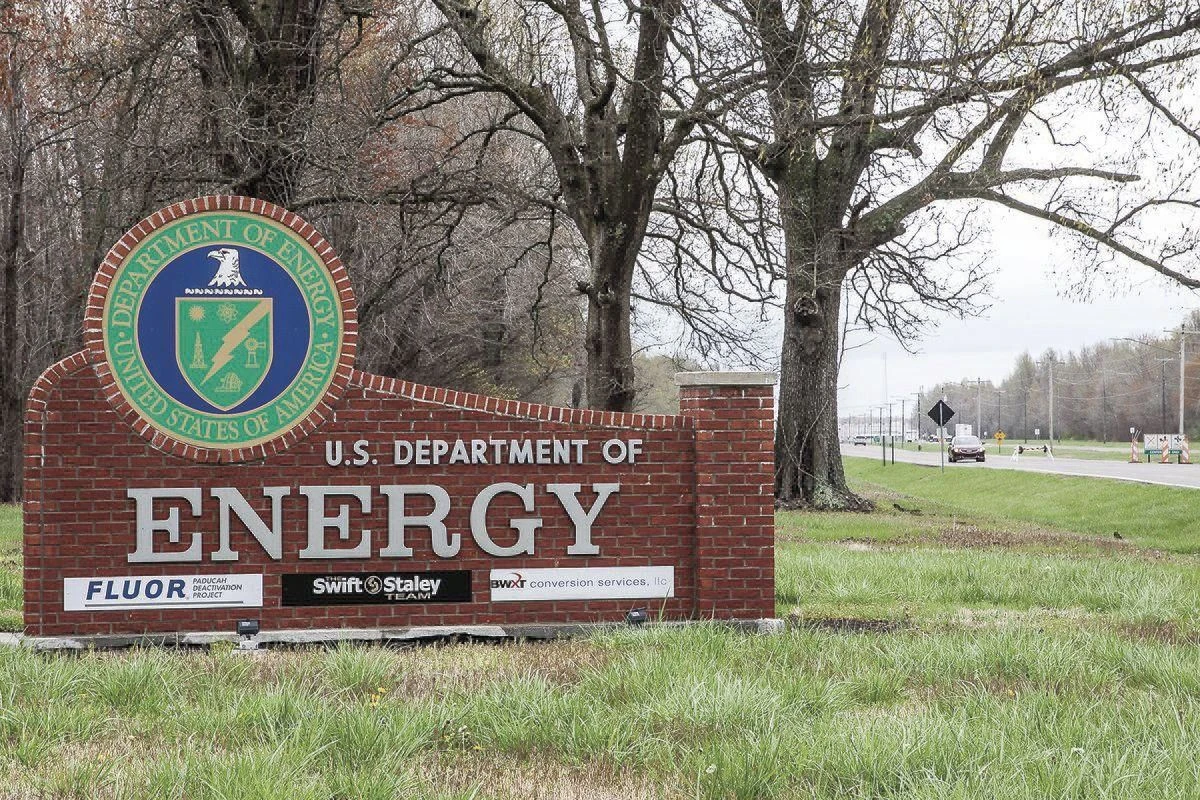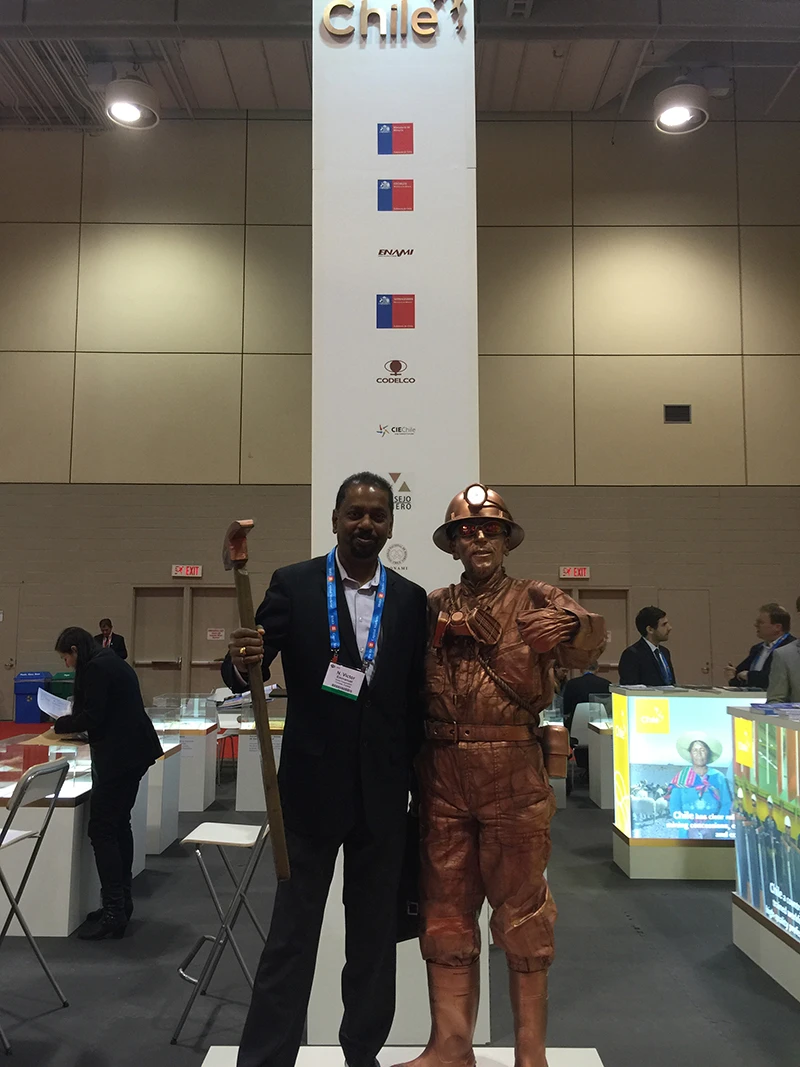Critical Minerals Financing Strategy
For the news release please put this text first: The scale of ambition behind CVMR® Corporation’s latest move is staggering. What began as a $7 billion fund to finance mid-sized mining and refining projects has now swelled to a proposed $42 billion capital vehicle, backed by physical gold. “We had prescribed about $200 million was already sold before we started,” Kamran M. Khozan, Chairman and CEO of CVMR®, explained in a recent interview. “And now we have decided to increase the volume from $7 billion to $42 billion, which means we have to produce some extra bullion to have physical gold backing what we are planning to do.”
CVMR®, a Toronto-headquartered mining and refining company operating across 22 countries, is not new to outsized ambition. Over the past four decades, it has developed proprietary vapor metallurgy technologies and secured a network of refining operations across Canada, the United States, Europe, Turkiye, and six African nations. But this latest undertaking—formally launched in partnership with FINATRADES of RAMINVEST Holding as the U.S.-based Critical Materials Fund Corporation (CMFC)—is explicitly designed to create a new model for financing the supply of critical minerals, backed by gold reserves estimated at more than US$25 billion. As Khozan put it, “The idea was timely. So it went beyond what we had imagined and now it has become a financial institution heavily involved in financing various major projects around the world, mostly in Africa.”
If the location surprises, it is intentional. “The novel idea is to go where people are afraid to go,” Khozan said, listing the Sahel, Central African Republic, Niger, Chad, Mali, and Burkina Faso. “We are the miserable people that have to charge through the beautiful countryside of these countries,” he added with a wry laugh, contrasting CVMR®’s field role with the air-conditioned offices of bankers in New York, where the CMFC is based. South Africa, Congo, Burundi, Botswana, and Chad, he said, are also high on the company’s list of preferred jurisdictions.
The fund itself is designed to bypass the traditional financial playbook. “Everybody’s talking about securing minerals, refining minerals. The US is lacking refineries to the level that it needs,” Khozan said. “This bypasses the corporation itself and invests the whole thing in the actual assets that we’re talking about. So you’re not talking about whether a company is well-run or not and how it’s doing. If you are investing in this, you’re investing in the assets in the ground or already refined.” That approach is intended both as a motivator and a challenge to the private sector in the United States, where, unlike in China, government-backed financing for strategic minerals has been limited.
Asked about the minerals CVMR® considers most urgent, Khozan named uranium, antimony, and “all the heavy rare earth elements—all eight of them,” alongside nickel, copper, tantalum, and niobium. Tungsten, he noted, “is a very important metal. There is a shortage of refining. It’s an expensive metal. It’s very important, and the defense industry loves it.” Nickel, in particular, remains central. Referring to long-standing rumors that a Brazilian company might divest its Canadian nickel assets, he said, “We are very interested to look into that, and if this is true then we would be bidding for that.” Nickel, he added, has matured into an indispensable element, used in alloys across industries and even under study at MIT as a potential substitute for rare earths in certain applications. At the same time, Khozan emphasized the shifting role of precious metals as the financial system evolves toward tokenization. “Gold is something that everybody understands, likes, and it’s the backing of many currencies in the future,” he said. “Silver is something that everybody’s ignored, especially the central banks around the world have ignored silver. Just have a look at the price of silver, what’s happened in recent years. I think silver and PGMs—Platinum Group Metals—will come of age, as well as nickel.
” The rise of tokenization and stablecoins, he argued, signals “a great movement away from fiat US dollars into something that can save the treasury of the country, and maybe damage those who hold trillions of dollars worth of treasury bonds, such as China and Russia.”
Read also




